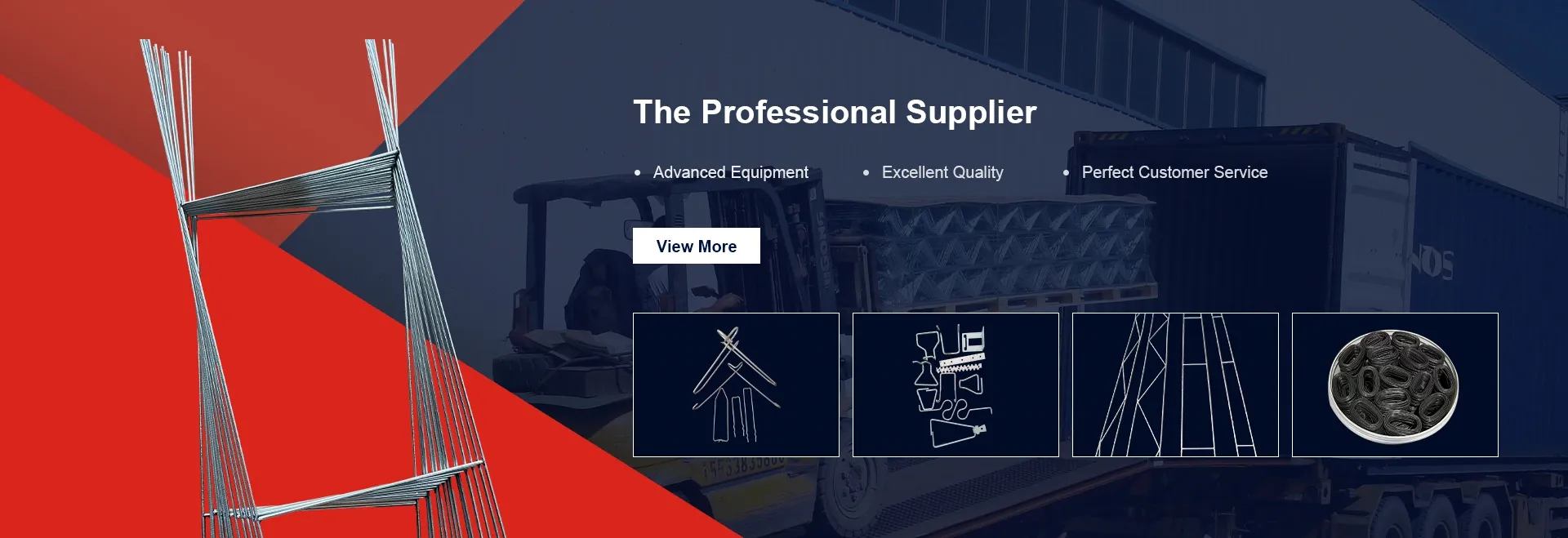
- Mobile Phone
- +8613931874955
- sales@cntcmetal.com
wire compression springs
Understanding Wire Compression Springs An Overview
Wire compression springs are a crucial component in various mechanical applications, providing flexibility and resilience where precise force and motion control are essential. These springs are designed to resist compressive forces, storing potential energy when compressed and releasing it when allowed to expand. Their versatility has made them popular in industries ranging from automotive to electronics.
Design and Material
Wire compression springs are typically made from high-carbon steel, stainless steel, or other specialized alloys, depending on the application's requirements. The choice of material impacts the spring's durability, corrosion resistance, and overall performance. The design process involves determining the spring's dimensions, wire diameter, coil count, and pitch. These factors influence the spring constant (stiffness) and the maximum load the spring can handle without deforming.
Manufacturing Process
The manufacturing of wire compression springs involves several steps. Initially, wire is drawn to the desired diameter. The coils are then formed using specialized machinery that accurately winds the wire into a helical shape. Once shaped, the springs must undergo heat treatment to relieve stresses and enhance their mechanical properties. Finally, springs may be shot peened or coated to improve fatigue resistance and surface durability.
wire compression springs

Applications
Wire compression springs are ubiquitous in everyday products, including furniture, automotive components, and various machinery. In automotive applications, they are found in suspension systems, dampers, and clutch mechanisms, where they provide stability and control. In consumer electronics, such springs are often used in devices like remote controls and keyboards, allowing for responsive tactile feedback.
Advantages
One of the primary advantages of wire compression springs is their ability to absorb and release energy efficiently, making them essential in shock absorption systems. Additionally, their compact size allows for integration into tight spaces without significant redesign efforts. They can also be engineered to meet specific load and deflection requirements, providing customized solutions for unique challenges.
Conclusion
In conclusion, wire compression springs are vital mechanical components that play an integral role across multiple industries. Understanding their design, manufacturing processes, and applications can help engineers and designers make informed decisions when choosing the right springs for their products. As technology continues to advance, the demand for high-performance wire compression springs is likely to grow, driving innovation and improving functionality in modern machinery and devices.
share:
-
Yard Sign Stakes: Reliable Guardians of Outdoor SignsNewsAug.04,2025
-
Wall Ties: Invisible Guardians of Building StabilityNewsAug.04,2025
-
Resilient Web: The Super Guardian Power of Concrete MeshNewsAug.04,2025
-
Masonry Accessories: A versatile assistant on building foundationsNewsAug.04,2025
-
Iron Binding Wire: the 'invisible reinforcement specialist' in the fields of architecture and industryNewsAug.04,2025
-
Dynamic Spring: The diverse functions and excellent performance of Wire Tension SpringNewsAug.04,2025
-
Your Source for Concrete Wall Ties and Masonry AccessoriesNewsJul.10,2025



















